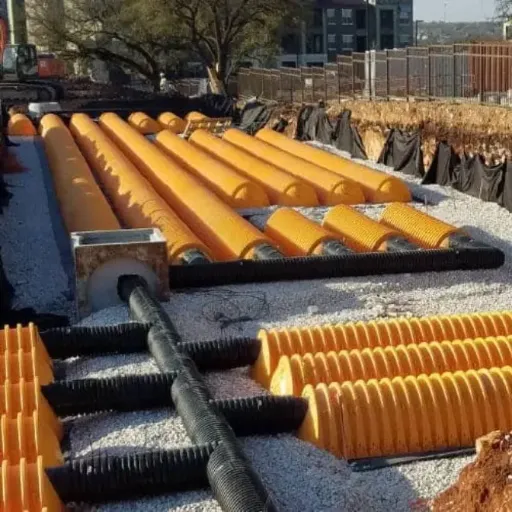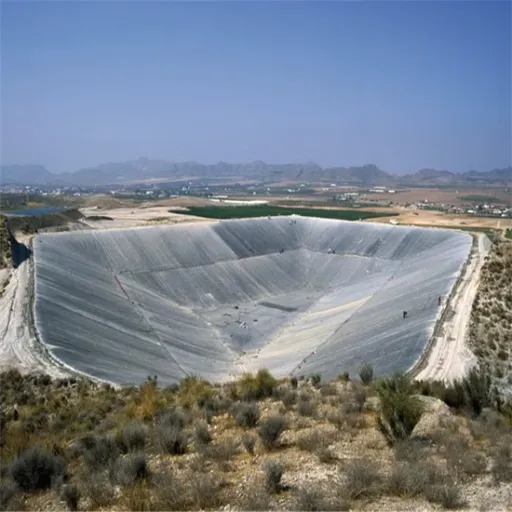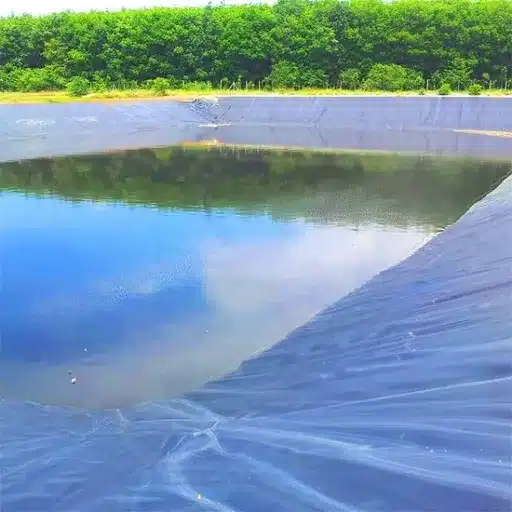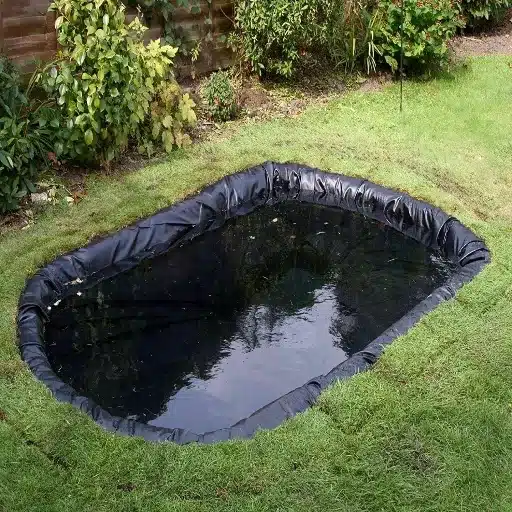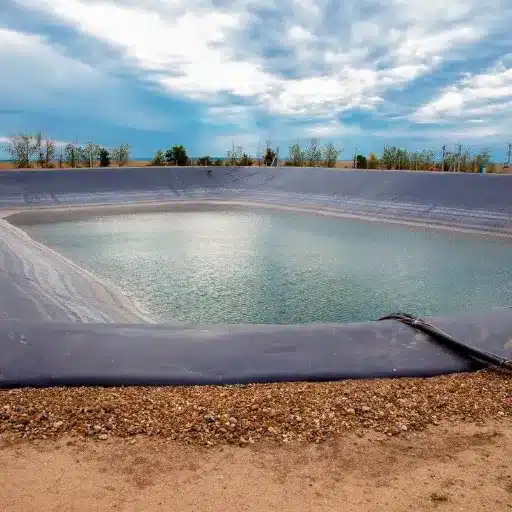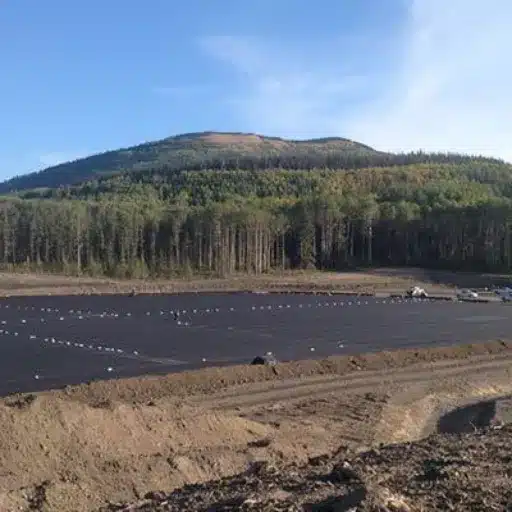As urbanization and climate change intensify environmental challenges, effective stormwater management becomes crucial for protecting water resources, preventing flooding, and maintaining ecosystem health.
Understanding Stormwater Management

Stormwater management encompasses the strategic control of runoff to reduce flooding, prevent pollution, and protect water quality. Through the implementation of green infrastructure, erosion control, and proper drainage systems, communities can achieve sustainable development while safeguarding their water resources.
The Critical Importance of Stormwater Management
Urban development creates impervious surfaces that prevent natural water infiltration, leading to several critical challenges:
- Pollution Collection: Runoff picks up oil, grease, chemicals, and debris from roads and parking lots
- Infrastructure Overwhelm: Excessive runoff saturates and damages public infrastructure
- Community Displacement: Flooding disproportionately affects marginalized communities
- Climate Vulnerability: Extreme weather events further stress existing systems
Philadelphia Success Story
Philadelphia’s green infrastructure initiatives have demonstrated the potential to reduce stormwater volume by up to 80% while providing additional benefits including improved air quality and reduced urban heat island effects.
Components of Modern Stormwater Systems
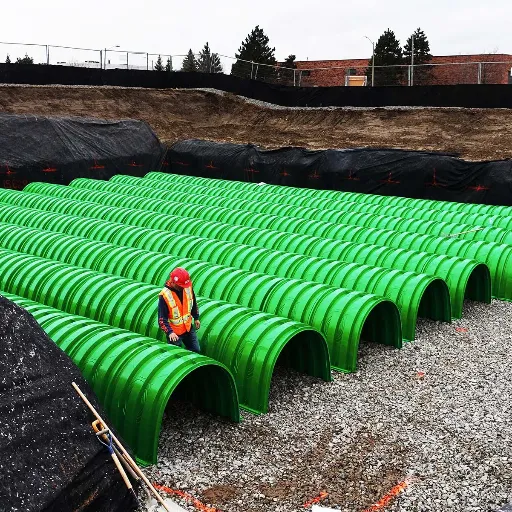
Contemporary stormwater management integrates traditional “gray” infrastructure with innovative “green” solutions that leverage natural processes:
| Infrastructure Type | Components | Primary Functions | Effectiveness |
|---|---|---|---|
| Gray Infrastructure | Underground pipes, sewers, detention basins | Collection and conveyance | Traditional approach |
| Green Infrastructure | Wetlands, bioswales, rain gardens | Natural filtration and absorption | Up to 70% runoff reduction |
| Smart Systems | Sensors, data analytics, IoT monitoring | Real-time optimization | Predictive flood prevention |
Cutting-Edge Technological Innovations
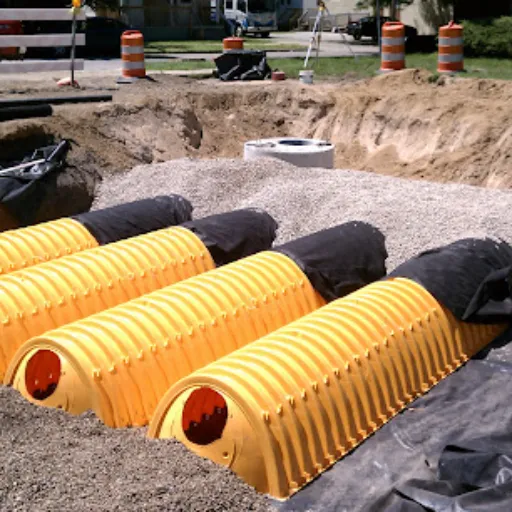
Recent advances in stormwater management technology are revolutionizing how communities approach water resource protection:
Real-time monitoring of water levels, flow rates, and pollutant concentrations enables proactive system management and automatic flood prevention responses.
Example: Chicago uses IoT-based systems to identify overflow points and respond automatically.
Advanced porous materials allow rainwater to filter through surfaces and recharge groundwater systems.
Impact: Can reduce runoff by up to 80% depending on soil conditions and design.
Engineered vegetation systems on rooftops that retain rainfall and reduce urban heat island effects.
Performance: Can retain 33-66% of annual rainfall while reducing peak stormwater flows.
Rain gardens with engineered soils and vegetation layers that treat both runoff quantity and quality.
Effectiveness: Reduce peak flow rates by 50-90% and filter heavy metals and nitrates.
Collection and treatment systems for non-potable reuse in irrigation and industrial applications.
Water Savings: Cities like Sydney have achieved 25-30% reductions in potable water demand.
Machine learning algorithms analyze weather patterns and infrastructure data to predict and prevent flooding events.
Benefit: Proactive identification of vulnerable areas minimizes risks and response costs.
Advanced Water Quality Monitoring
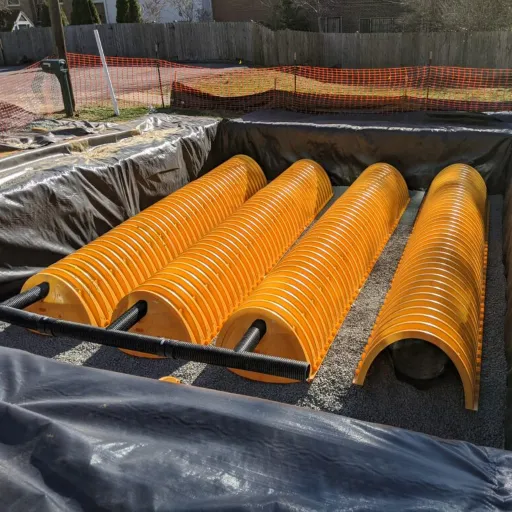
Modern monitoring technologies provide unprecedented insights into water system health:
- IoT Wireless Sensors: Continuous monitoring of pH, turbidity, dissolved oxygen, and temperature
- Cloud-Based Analytics: Real-time data processing and machine learning predictions
- Drone Technology: Remote monitoring of inaccessible areas with water sampling capabilities
- Satellite Monitoring: NASA and other organizations track macro-scale changes like algal blooms
Environmental and Economic Benefits
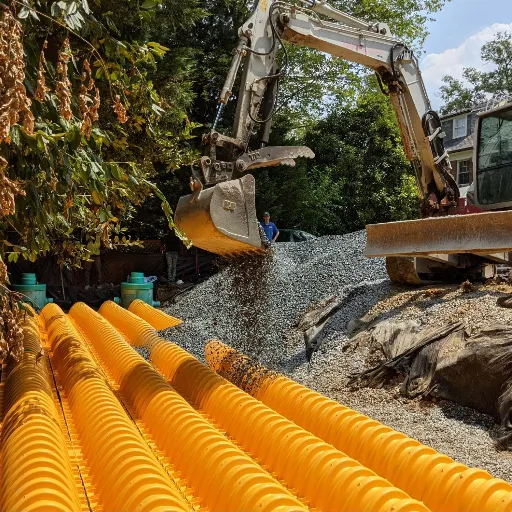
Water Quality and Ecosystem Protection
Best Management Practices (BMPs) deliver measurable improvements to water quality and ecosystem health:
| BMP Type | Pollutant Removal Efficiency | Ecosystem Benefit |
|---|---|---|
| Riparian Buffer Strips (15-100 ft) | 50-60% sediment, 70-90% nitrogen | Habitat protection, erosion control |
| Constructed Wetlands | 45% phosphorus, 20-25% nitrogen | Biodiversity support, carbon sequestration |
| Bioretention Systems | 80-95% heavy metals, 60-80% nutrients | Urban biodiversity, air quality improvement |
Economic Returns on Investment
FEMA Cost-Benefit Analysis
For every $1 invested in flood mitigation through stormwater management, communities save an average of $6 in disaster recovery costs.
Effective stormwater management delivers significant economic benefits:
- Infrastructure Protection: Reduced flood damage to homes, businesses, and public facilities
- System Longevity: Green infrastructure extends the lifespan of conventional stormwater systems
- Economic Development: Clean water supports agriculture, fisheries, and tourism industries
- Job Creation: Projects generate employment in engineering, construction, and environmental services
Common Challenges and Innovative Solutions
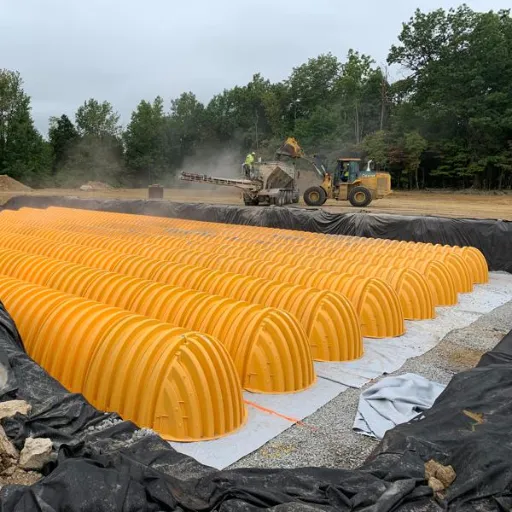
Major Challenges
- Aging Infrastructure: U.S. stormwater systems score “D” grade (ASCE)
- Urbanization Impact: Areas >75% impervious generate 16x more runoff than forests
- Pollution Control: Urban runoff major cause of waterway impairment
- Funding Shortfall: $298 billion needed for infrastructure upgrades (AWWA)
Proven Solutions
- Green Infrastructure: Philadelphia’s billion-gallon overflow prevention
- Permeable Pavements: 80% annual rainfall retention capability
- Rainwater Harvesting: 40% reduction in outdoor water consumption
- Ecosystem Restoration: Wetlands store millions of gallons per acre
Comprehensive Management Strategies
Effective runoff control requires integrated approaches combining technology, policy, and community engagement:
- Policy Implementation: Stricter zoning regulations and green practice incentives
- Community Education: Public workshops and awareness campaigns
- Financial Incentives: Tax credits for green infrastructure adoption
- Public-Private Partnerships: Collaborative funding and implementation models
- Performance Monitoring: Continuous assessment and system optimization
Reference Sources
- U.S. Environmental Protection Agency (EPA)
The EPA offers comprehensive resources on stormwater management, including best practices, regulatory guidelines, and case studies. Their documents often focus on the environmental and community benefits of effective stormwater systems.
Source: EPA Stormwater Management - Montana Department of Transportation (MDT)
MDT provides insights into strategies for involving key target audiences in stormwater management programs, emphasizing the importance of community and stakeholder engagement.
Source: MDT Stormwater Management Program - LandStudies
This organization focuses on sustainable stormwater management practices and highlights the role of community involvement and education in implementing effective systems.
Source: LandStudies on Stormwater Management
Frequently Asked Questions
A stormwater management system controls the quantity and quality of stormwater runoff through various structures including swales, detention basins, and storm sewers. These systems capture and treat stormwater, allowing for infiltration or controlled discharge to water bodies while removing pollutants and reducing flood risks.
Stormwater management practices enhance water quality by filtering and treating runoff before it reaches receiving water bodies. Vegetated swales and detention basins effectively remove pollutants and sediment, protecting aquatic ecosystems and ensuring EPA compliance standards are met.
Stormwater infiltration replenishes groundwater supplies, reduces surface runoff, and minimizes flooding risks. This process enhances the natural water cycle and improves the quality of water entering streams and rivers while reducing the burden on conventional stormwater infrastructure.
Vegetation provides natural filtration and water absorption capabilities. Plants capture and store stormwater, slow runoff velocity, promote infiltration, stabilize soils, reduce erosion, and enhance the aesthetic value of stormwater management systems while supporting local biodiversity.
The National Pollutant Discharge Elimination System (NPDES) regulates stormwater discharges from municipal separate storm sewer systems (MS4s) to protect water quality. NPDES requires municipalities to implement comprehensive stormwater management programs that meet federal standards for pollutant removal.
Urban development creates impervious surfaces that dramatically increase stormwater runoff, leading to flooding, erosion, and water quality degradation. Effective stormwater management in urban planning is essential for mitigating these impacts and promoting sustainable development practices.
Building Resilient Communities
Effective stormwater management is not just about controlling water—it’s about creating sustainable, resilient communities that can adapt to climate change while protecting public health, supporting economic development, and preserving environmental resources for future generations.
The time for action is now. Every community can implement these proven strategies to build a more sustainable future.

